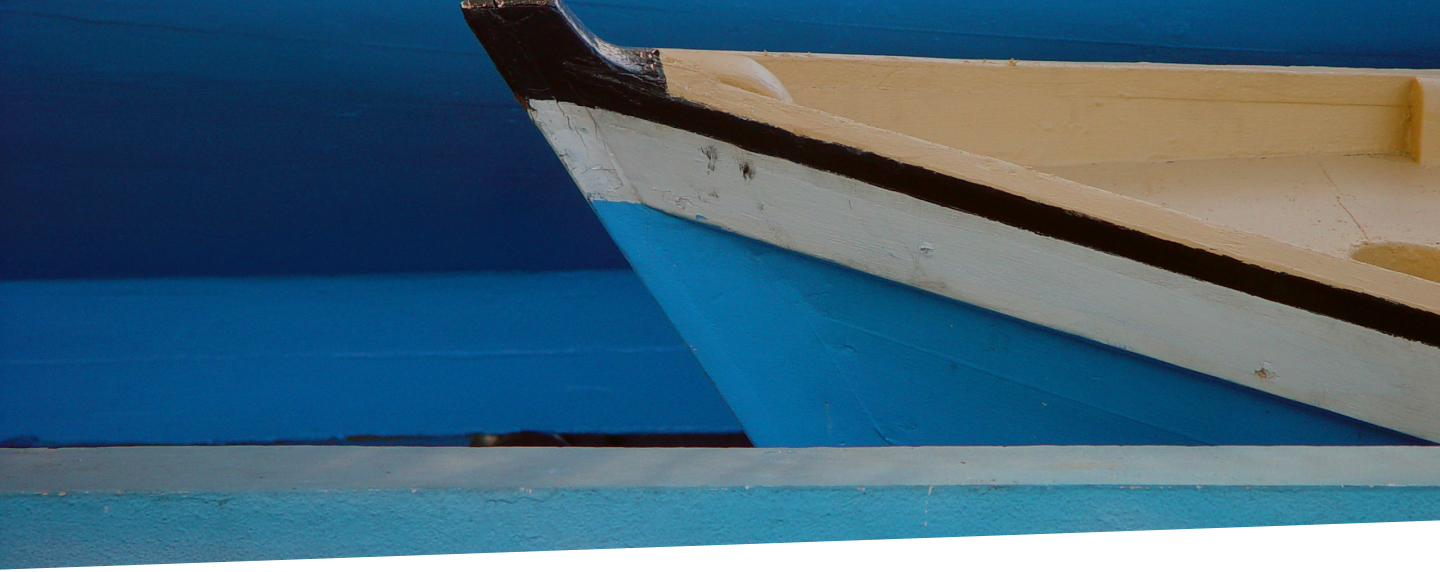
Service Details
Bio
Introduction:
Leol Edison Ebanks began his career as a seafarer in 1939 at the age of 19. He was a member of the crew of six on the schooner 'Meritwell' of which his father was a part owner and his grandfather, Capt. Thomas Obadiah Ebanks, was master of the vessel. This journey took them first to Cay Gorda and then to Mosquito Cay. On this first voyage, he learned how to: 'take sights' (navigate using a sextant); collect Noddy Bird (of the tern family) eggs; fish for turtles; build kraals; gather the necessities for survival from nature (water, wood etc.).
1941-1943: Early Sailing Experiences (Suwanee Steam Ship Company; Standard Oil Company (Maersk Line); Wartime
After this trip, he went to Jacksonville Florida and began sailing for the Suwannee Steamship company (owned by the Lovatt family in Jacksonville). His uncle, Thomas Cromwell, was captain of one these ships. Ed worked for the next 18 months on one of their ex-naval vessels hauling bananas from either Mexico or Cuba back to Jacksonville and occasionally Mobile or Alabama. In July 1941, he was fortunate to be hired to work on a Standard Oil Company ship which was operating under the Panama Transport Company flag. This began his long association with the Maersk Line, one of the largest privately owned steamship companies in the world. The ship he joined was called the Carolina Maersk. On this voyage, he travelled from New York to the Dutch West Indies (Curacao and Aruba), Buenos Aries in Argentina, Venezuela and then to Halifax NS. On the return journey to Venezuela, he was involved in a daring nighttime rescue of two sailors, survivors of a torpedo attack in the Bahama Channel, between Cuba and Bahama Island. Their vessel had been torpedoed off the north coast of Cuba at the height of the German onslaught on this side of the ocean. Not long after, on another return journey to Venezuela, his ship (loaded with oil) was torpedoed while he was on watch at the wheel. The vessel was hit near the tanks, abreast the main mast. The crew escaped on the ship's lifeboat, nearly being sucked in as the vessel sank. They then navigated by the stars towards Brazil, rowing and sailing in turn. They eventually made landfall on a remote area of the Brazilian coast. Because he spoke a little Spanish, Ed and another crew member who spoke Portuguese were selected to go in search of help. After walking six or seven miles they came upon some huts and found two men living there who spoke neither Spanish nor Portuguese. With sign-language however, they managed to communicate their plight and so began their rescue. After sleeping in holes dug in the sand on the beach for a further two nights, a truck finally arrived to take the stranded seamen back to the nearest town, Natal. While there, negotiating their return to the USA, they learned that a further 7-9 ships had recently been torpedoed in quick succession in the waters around that area. Understandably, no one was eager to make their return to the USA by ship. Eventually their return journey by plane was arranged, and a long, slow journey on an old Boeing transport plane ensued: Natal to Belem Brazil, Trinidad to San Juan Puerto Rico then to Miami. From there they travelled by train back to New York. The shipping company chose not to send the crew of that ship back onto a route that would expose them to further danger and thus they never went out into the North Atlantic. Ed recounted that he felt fortunate to have ended up on that ship with a crew of mostly Danes.
On his return to NY he wrote to his family in Cayman to let them know that he was alive. 'Meanwhile the word got out to Cayman that not only was I torpedoed, but I was dead. There was a lot of that. You know, rumor-mongering in war-time was horrible, and I had to say, like Mark Twain, that ''.the reports of my death were greatly exaggerated!' (Quote from 1992 Memory Bank interview). He added that his worse years were those in 1941-1942 when sailing during wartime.
In December 1942, he was granted 30 days shore leave to return home due to illness in the family. Before returning to Cayman he attended a private navigation school at the Seaman's Church Institute of NY run by the Episcopalian Ministry (location: 25 South Street). Having had a taste of the seafaring life, and 'being bitten by the outside world' he was determined to make this his livelihood and he began the journey of seeking qualifications to get as far as he could go
Because of the war, Ed remained in Cayman for an extended period of time, until June 1944.
Later Seaman's Career: 1946-1986 (American Export Lines and US Lines)
On his return to the USA, he resumed his career at sea. He worked for American Export Lines sailing on their freighter Exceller. During this time, he met the love of his life, Elizabeth (Betty) Abby and they were married on July 28, 1946. They resided in Manhatten until 1967 when they moved Sunnyside, Staten Island. In the 1950's he sailed as chief mate for US Lines. He spoke fondly of one ship in particular, 'American Farmer', which he called his first love and second home for five years. He continued his seafaring career for over 30 years working on US Lines, out of Manhattan, eventually working his way up to captain. He retired in 1986. He was a member of the Master Mates and Pilots Union of the Merchant Marines.
He served as a first officer in the British Navy during World War II. He joined the Merchant Marines in the 1940s transporting government supplies to Korea and later Vietnam. (information found on his obituary but not verified).



